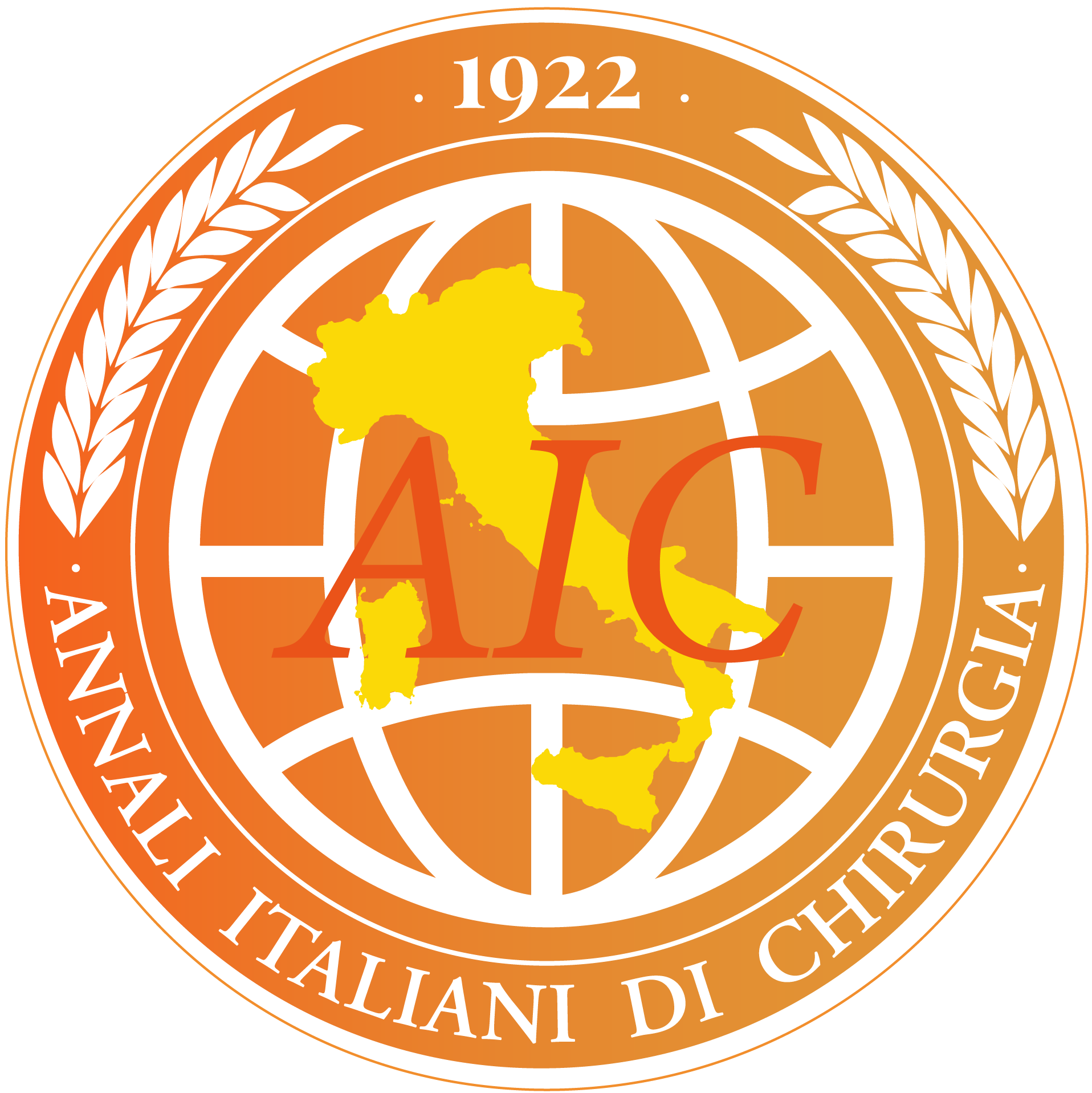1 Jan 2018Article
Oxidative stress and DNA damage due to one-lung ventilation
Samil Gunay 1Abdullah Taskin 2Irfan Eser 1Saban Yalcin 3Funda Yalcin 4
Affiliations
Article Info
1 Department of Thoracic Surgery, Harran University Medical Faculty, Sanliurga, Turkey
2 Department of Biochemistry, Harran University Medical Faculty, Sanliurga, Turkey
3 Department of Anesthesia and Resuscitation , Harran University Medical Faculty, Sanliurga, Turkey
4 Department of Chest Disease, Harran University Medical Faculty, Sanliurga, Turkey
Ann. Ital. Chir., 2018, 89(1), 24-29;
Published: 1 Jan 2018
Copyright © 2018 Annali Italiani di Chirurgia
This work is licensed under a Creative Commons Attribution 4.0 International License.
Abstract
One-lung ventilation (OLV) is an anesthesia technique used to provide visualization in thoracoscopic lung surgeries and increase surgical site visibility during operation. In OLV, atelectasis occurs and blood from the lung participates in circulation without receiving oxygen. We designed a prospective study on patients we implemented surgery in order to research whether OLV leads to oxidative stress and DNA damage or not. METHODS: It was taken 5cc blood samples 4 times from these patients in the postoperative preparatory stage (T1), on the 60th minute after the start of OLV (T2), on the 60th minute after the termination of OLV (T3) and 24 hours after surgery (T4). Total antioxidant capacity (TAC), total oxidant status (TOS), oxidative stress index (OSI) values were examined with regards to DNA damages in the blood samples taken. RESULTS: DNA damage was statistically increased with OLV compared to baseline level (p<0.05) and statistically decreased in 24 hour (p<0.05). TAC level was statistically decreased with OLV compared to baseline level and statistically increased in 24 hour (p<0.05 ). TOS level was statistically increased with OLV compared to baseline level (p<0.05) and statistically decreased in 24 hour (p<0.05 ). OSI level was statistically increased with OLV compared to baseline level (p<0.05) and statistically decreased in 24 hour (p<0.05 ). CONCLUSION: To the best of our knowledge this is the first study showing DNA damage in thoracic surgery which was operated with OLV. This DNA damage found to be decreased in first postoperative day and might be related to changes in oxidative status of this patient group.
Keywords
- DNA damage
- lung ventilation
- Oxidative stress


